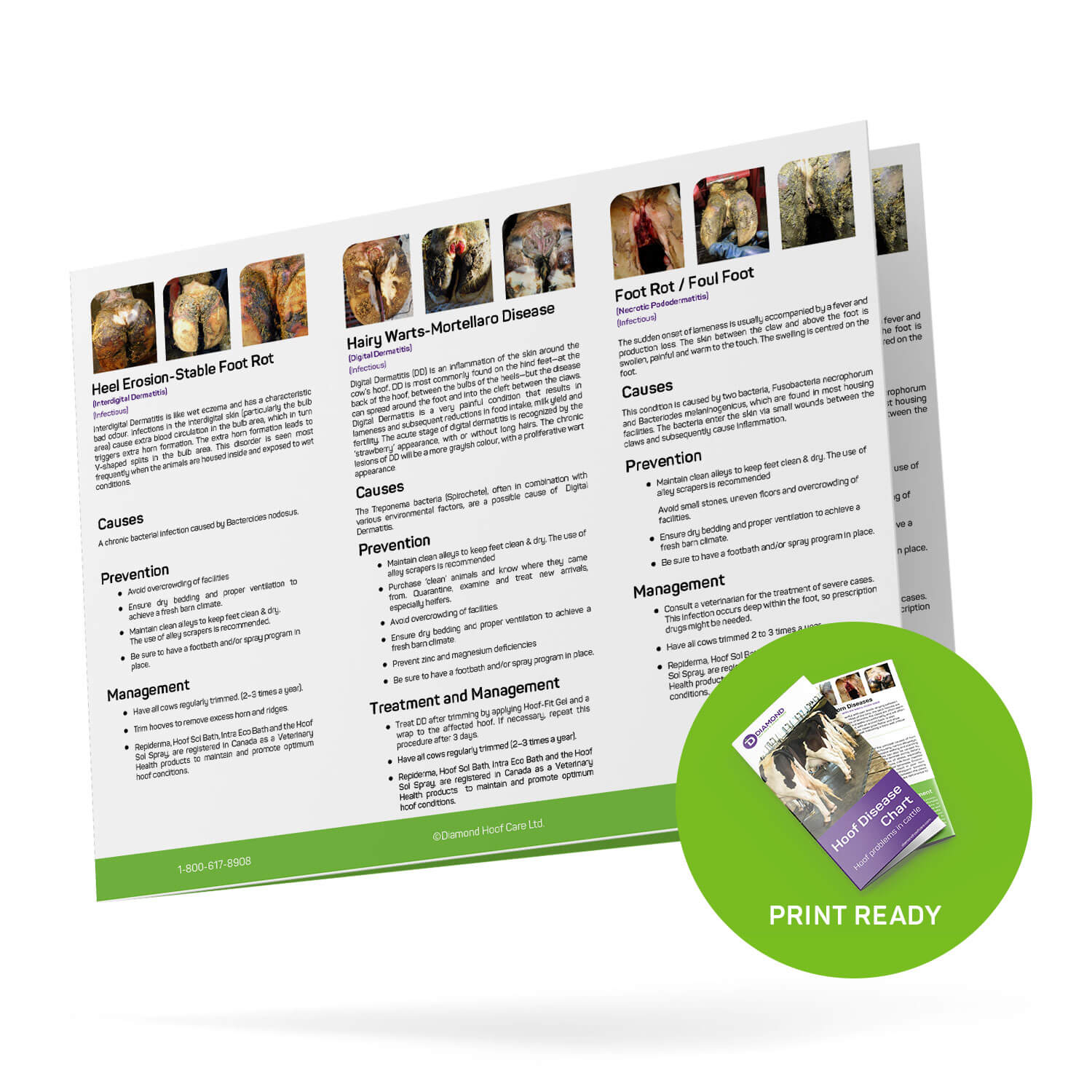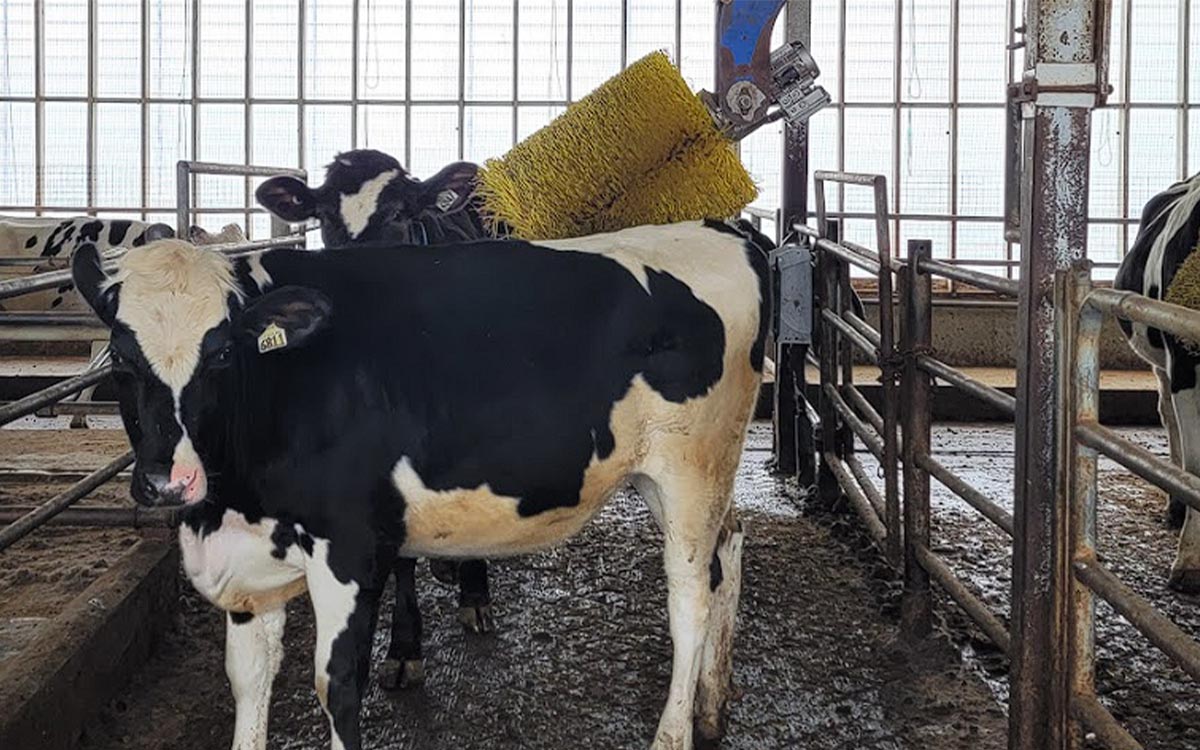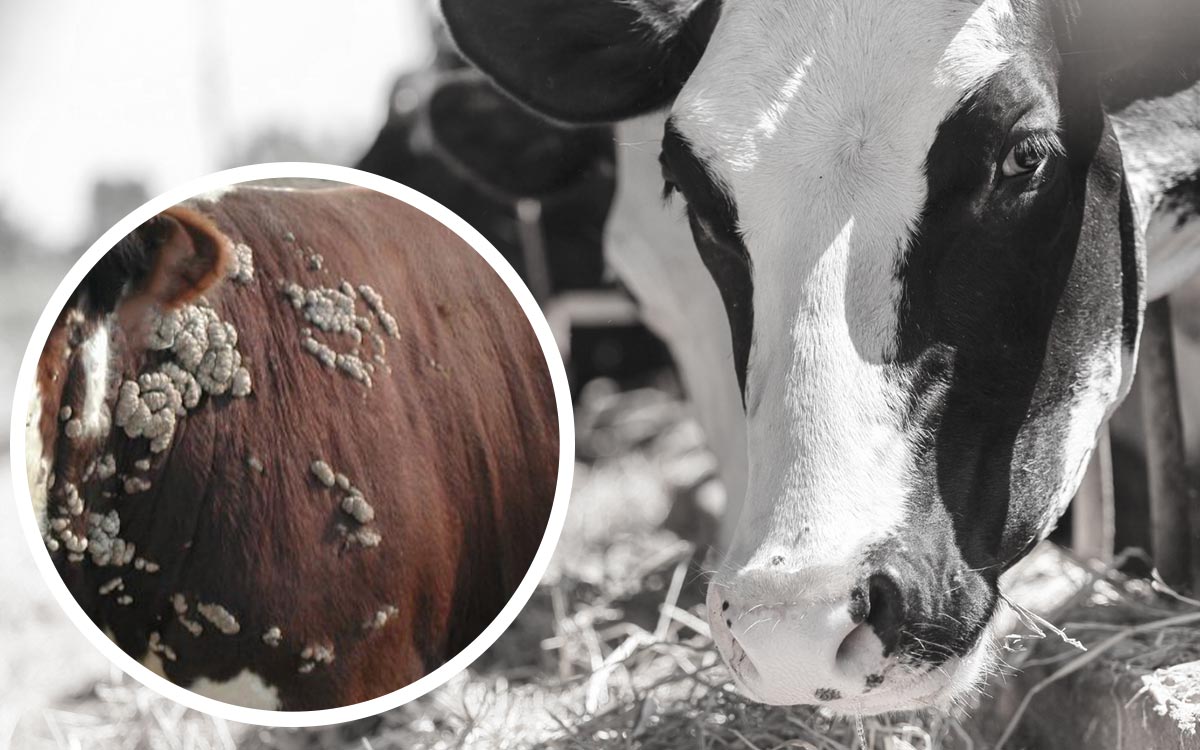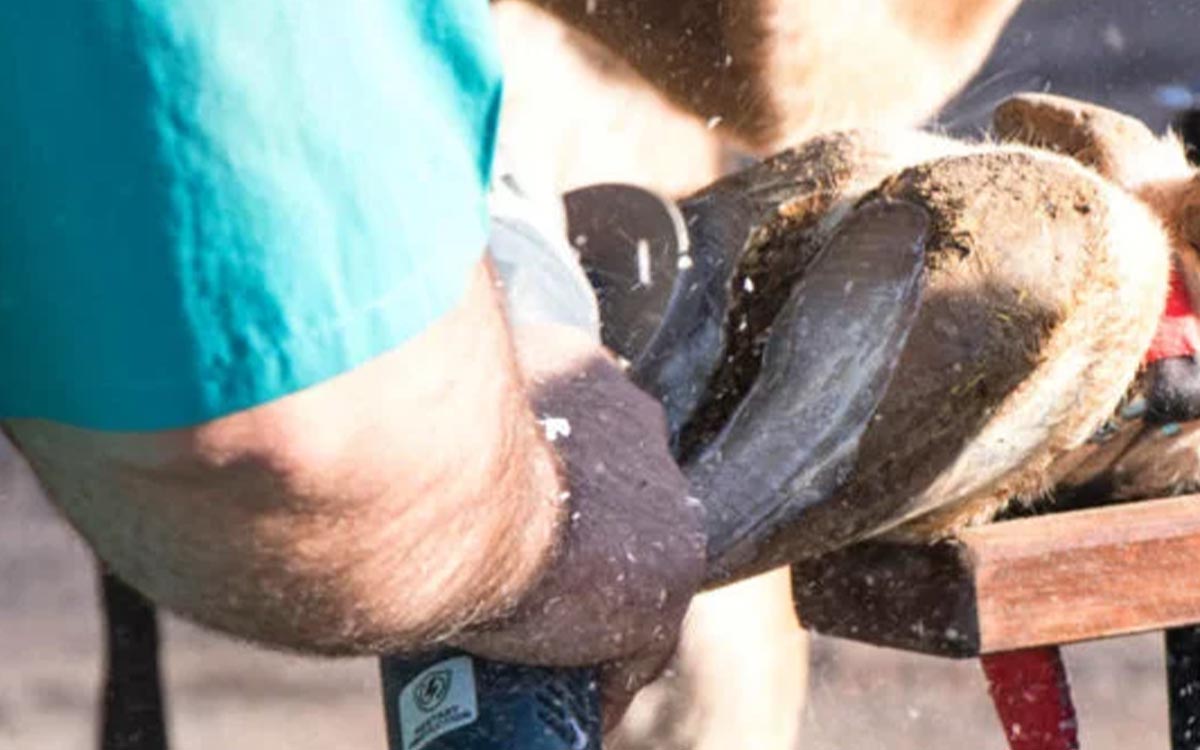The appearance of bald spots on cows is a more common occurrence than you’d think. According to the North Dakota State University, there’s a wide array of factors that can contribute to hair loss (usually accompanied by itching) in cattle. While sometimes the cause can be as simple as an arid winter, bald spots can be a symptom of an underlying health issue in certain cases.
To treat bald spots on a cow, first attend to issues pertaining to lice and mite infestations. Afterward, you can try using a vitamin A supplement to help with hair regrowth. Unfortunately, sometimes bald spots can be caused by hereditary disorders such as alopecia, which can be harder to treat.
This article will expand on some of the most efficient ways to treat bald spots on a cow. At the end of it, you’ll also find some information on how hereditary disorders like alopecia manifest in cows, along with some of the (limited) approaches you can try to make the side effects less prominent. In short, consider this your complete guide to helping your cows and cattle recover from hair loss.
Check for Lice Infestations

Considering how common lice infestations are among livestock (even in herds that have been previously treated), this is the first cause you’ll want to check for once bald spots appear on your cows and cattle.
Cattle lice are infamous for two side effects: sudden hair loss and skin irritation. Both of them can vary in severity, meaning that in some cases, you might be able to combat the infestation simply by using an oil-based pyrethroid for a few days or weeks, but in others, you might have to seek professional help.
Thankfully, confirming whether there’s a lice infestation affecting your livestock isn’t particularly challenging. All you have to do is examine the animals’ skin and hair, and if they’re there, the unmistakable grayish parasites will soon appear.
One thing to note is that hair loss caused by a lice infestation is usually concentrated around the shoulder, neck, and udder areas. Therefore, if you can’t find any parasites yet but suspect they’re the reason behind the appearance of bald spots, this is a telltale sign to look out for.
Moreover, keep in mind that lice infestations tend to increase during the winter months, so the cause of bald spots in your cows could be a combination of lice activity and skin irritation due to the cold, dry weather.
Unfortunately, this combination could lead to severely damaging effects on your livestock’s skin as the exposed areas will be much more susceptible to frostbite.
The good news, however, is that light infestations don’t require any extreme measures to be taken. All you have to do in these instances is treat the most clearly affected cows. Generally speaking, chemical treatments are advised when it comes to dealing with lice infestations.
While there’s no shortage of top-quality products on the market specifically designed to combat lice on cows and cattle, it’s essential to ensure that the one you choose is suitable for your livestock’s weight and age. Always check the label for product safety information, contra-indications, and any possible meat or milk withdrawal times. Infestations and poorly maintained environments are among the reasons why cow hooves start to smell. I’ve explained how you can help cows with smelly hooves in another article.
Check for Mite Infestations

On a similar note, cows are also highly prone to mite infestations. While these don’t usually result in hair loss, there are some instances in which the lesions caused by mites can expand and take the form of bald spots.
Again, itchiness and redness are two symptoms that commonly accompany a mite infestation. For this reason, cold weather is once again a factor that could contribute to the severity of the situation. This is often applicable to dry cows and younger stock when housed outside and definitely to beef and feedlot herds.
Even though most mite infestations start out mild enough, taking prompt action is of the essence. Otherwise, livestock can suffer from severe health-related issues, including but not limited to alopecia.
Dealing with a mite infestation usually requires you to quarantine any visibly affected cows and treat them with specifically designed miticides. Again, make sure to choose a product that’s made with the weight and age of your livestock in mind.
If at any point in the process, you feel unsure or the issue persists even after you try a solution or two, don’t hesitate to contact a professional.
Use a Vitamin A Supplement

According to the University of Nebraska, vitamin A is essential when it comes to maintaining hair quality and skin integrity in particular beef cows. Therefore, it’s not surprising that a deficiency in this micronutrient can sometimes result in the appearance of bald spots.
Luckily, the remedy to this issue is relatively straightforward. All you have to do is provide a high-quality vitamin A supplement to your cows and cattle. However, considering that this cause is a bit challenging to pinpoint and that the supplement market is highly unregulated, I suggest consulting with a veterinarian and a nutritionist before taking any action.

Hoof Disease Reference Chart
Use a Skin Care Product

Most topical skin care products are used to optimize skin conditions. On our product pages for Repiderma and Green Spray (USA) we share these two non-antibiotic products that work to this end. They contains copper and zinc minerals in an aerosol bottle, providing the following benefits:
- The bottle conveniently fits in your pocket.
- The product does not run off: It dries quickly.
- It provides a protective layer for the hooves and skin.
- Its strong adhesive properties keep it on for at least 3 days.
- It sprays even when the bottle is upside down.
Install Cow Brushes

Cows with itchy skin would appreciate a back scratcher. There are commercial brushes available, for example the Delaval swinging cow brush. The cows will love it, and it will keep them occupied for a while. According to Comfy Solutions, the brush has a positive impact on animal welfare. For example, an increase in exercise and walking, less time that the udder is exposed to bacteria when lying down, a stress reliever which makes animals more productive, and increases blood circulation to the udder.
Alopecia in Cows
Lastly, bald spots on cows can be caused by hereditary disorders such as alopecia. The reason this section is separated from the “How To Treat” guide above is because, in most cases, there’s little you can do to actually treat hair loss caused by these hereditary conditions.
Alopecia areata, a variation of this disorder in cows, was studied in 1988 by Paradis et al. Unfortunately, the researchers concluded that there is no known practical and effective treatment for the affected livestock.
On a positive note, when alopecia appears as a symptom of another viral or bacterial disease, it can, theoretically, be remedied by treating the disease itself. However, keep in mind that this is another situation requiring intervention from a professional.
Final Thoughts
While a wide array of causes might be responsible for the hair loss in your cows, a short troubleshooting process will probably suffice for you to get to the root of the problem (or, at the very least, close to it).
Even though hair loss can generally be treated simply by augmenting your cows’ diet with a high-quality vitamin A supplement, in certain cases, the issue might require professional intervention. For this reason, it’s always a good idea to contact a veterinarian or a nutritionist as soon as you notice a health-related problem among your livestock.




